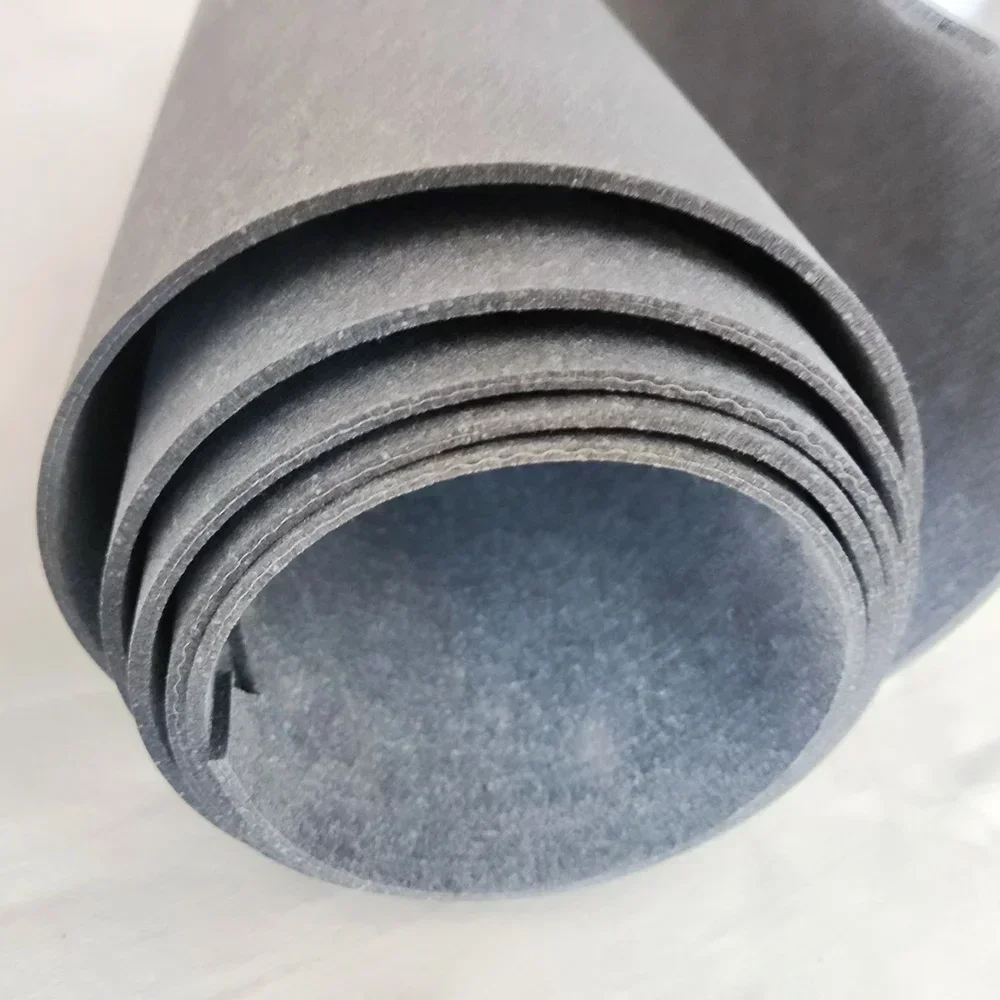What is Felt Belt? Its parameters let you know about it

In fact, many people don’t know that felt belts have a magical effect. Do you know what the other name of felt belts is? Felt belts are also known as: felt conveyor belts, felt conveyor belts, heat-resistant felt belts, cut-resistant felt belts, etc. They have the magical effect of being wear-resistant, cut-resistant, and preventing the belt from scratching the surface of objects. The conveyor belt manufacturer Miou has sorted out some parameters of felt belts for everyone to understand briefly.
- Belt structure:
Two cloths and two rubbers, high-strength polyester woven tension layer at the bottom, good lateral stability.
Belt top layer: 1.8mm gray-black felt.
Belt bottom: low-noise woven cloth
Total belt thickness (after adding felt): 3.8mm
*Width: 2000mm
- Recommended range of use:
Select the conveyor belt according to the operating conditions and working environment of the conveyor. The tension is 10N/mm, and the elongation of the conveyor belt is 1%; the tensile strength is 160N/mm.
- Smallest roller diameter:
Forward: 50mm
Reverse: 80mm
- Temperature range:
For the conveyed object, the load temperature is -10—+100℃, and short-term operation is -15—+110℃
- Friction coefficient:
Smooth stainless steel surface: 0.28
- Conveyor:
Flat plate or roller type
- Connection method:
Hot vulcanization, cold glue bonding, and steel buckle connection can also be used.
- Belt characteristics:
The belt is wear-resistant, cut-resistant, and hydrolysis-resistant. It can resist a variety of solvents, acids, salts, and alkalis, except for high concentrations.
- Special processing of belts:
The belt can be punched on the surface. The guide strip can be welded on the bottom of the belt.
- Belt forms provided: open, open toothed, seamless endless belt
Felt belt characteristics: small deformation, no deviation, tight structure and no hair loss, flat and smooth felt surface with high elasticity.
Uses of felt tape: Suitable for printing on various fabrics such as fabrics, decorative fabrics, curtains, leather, ribbons, clothing, advertising fabrics, etc. processed by thermal transfer printing machines.
